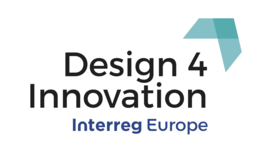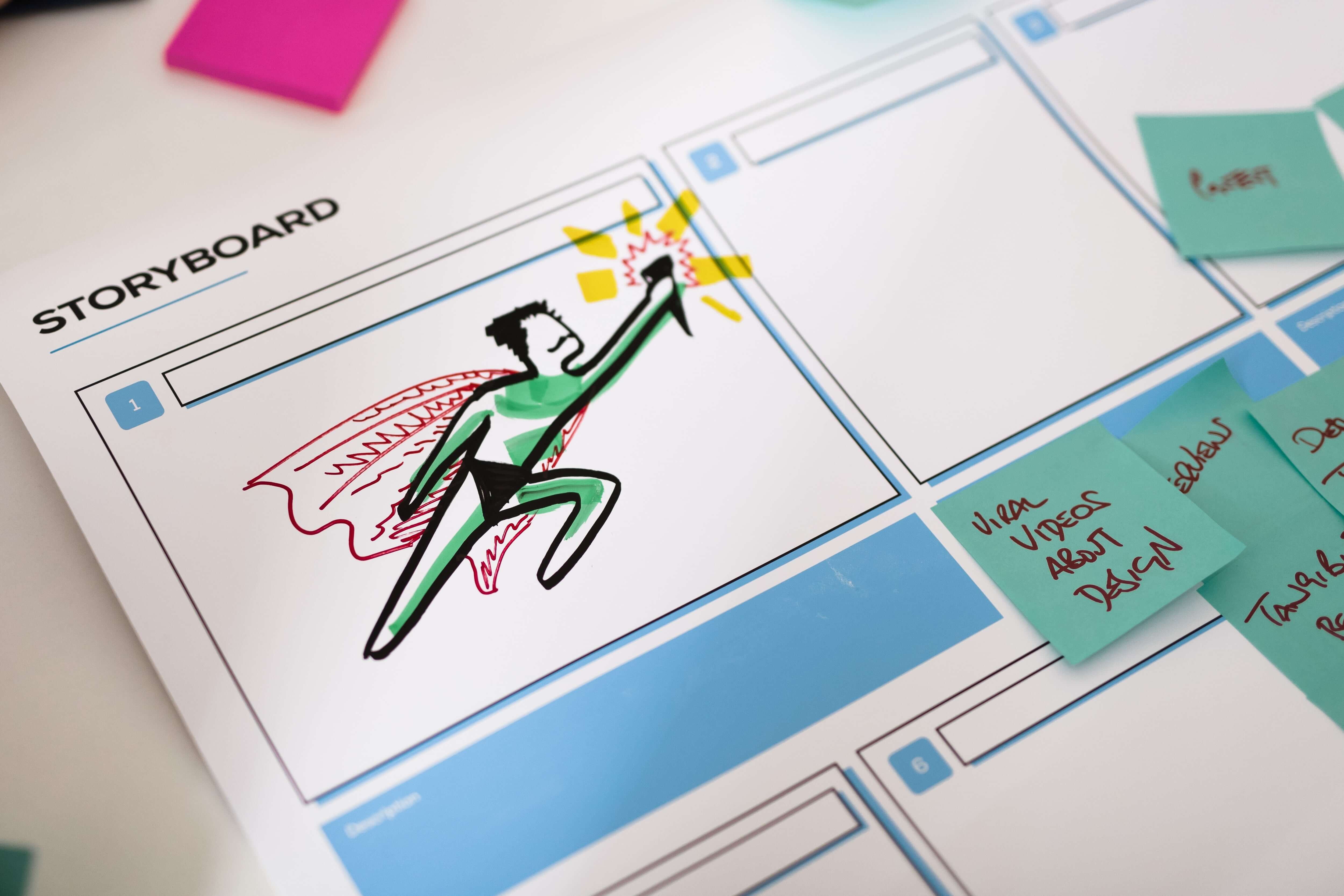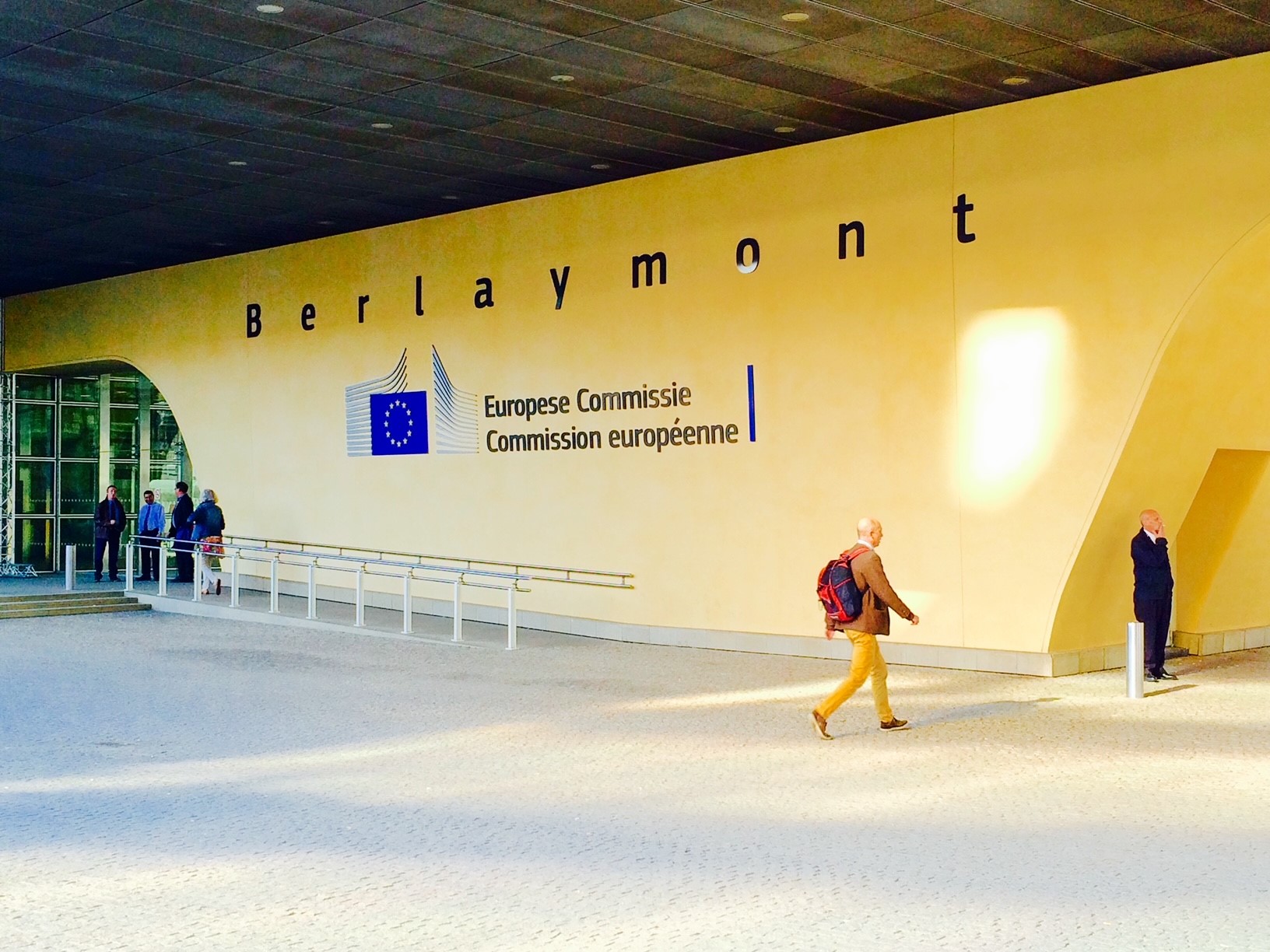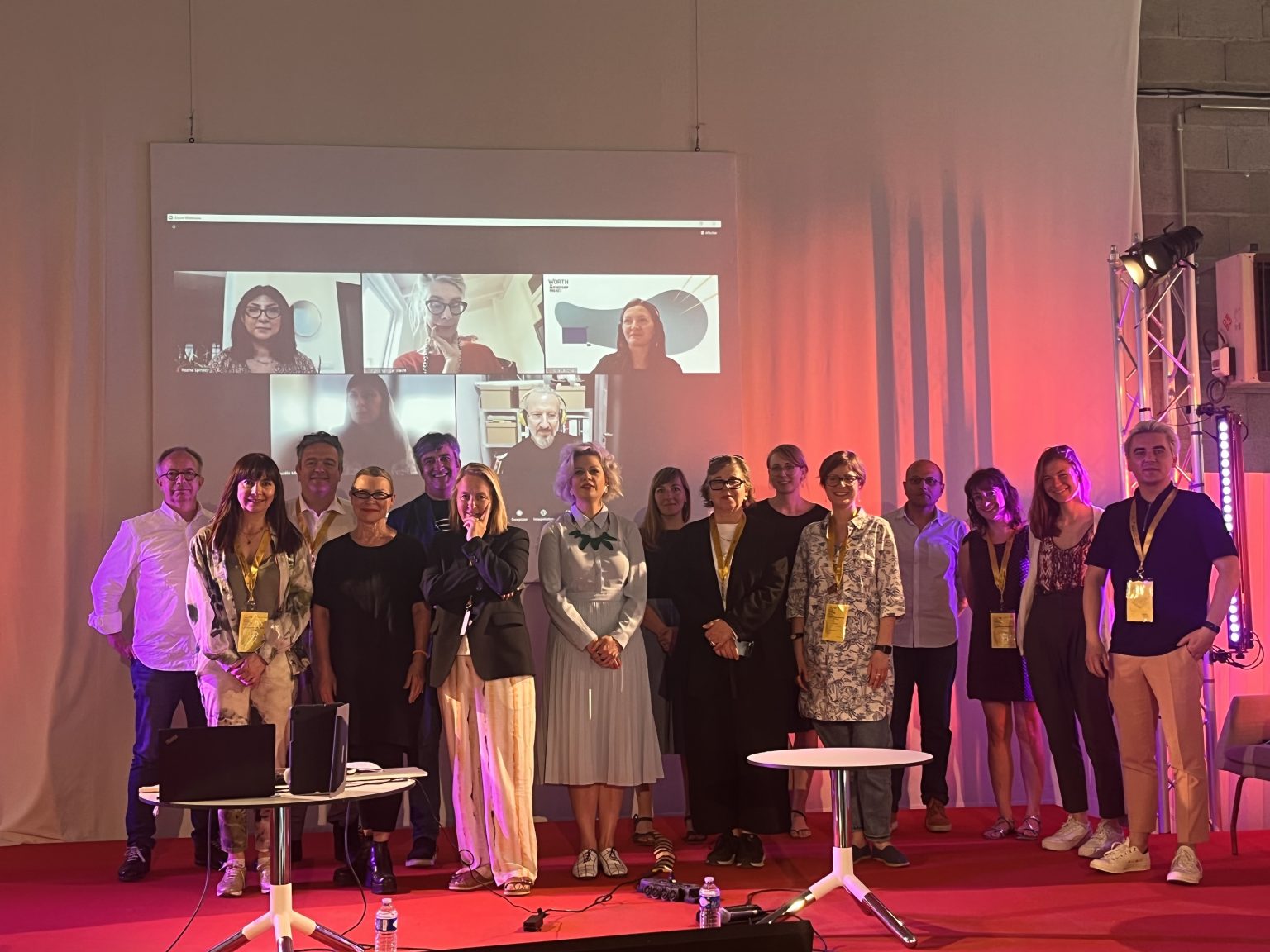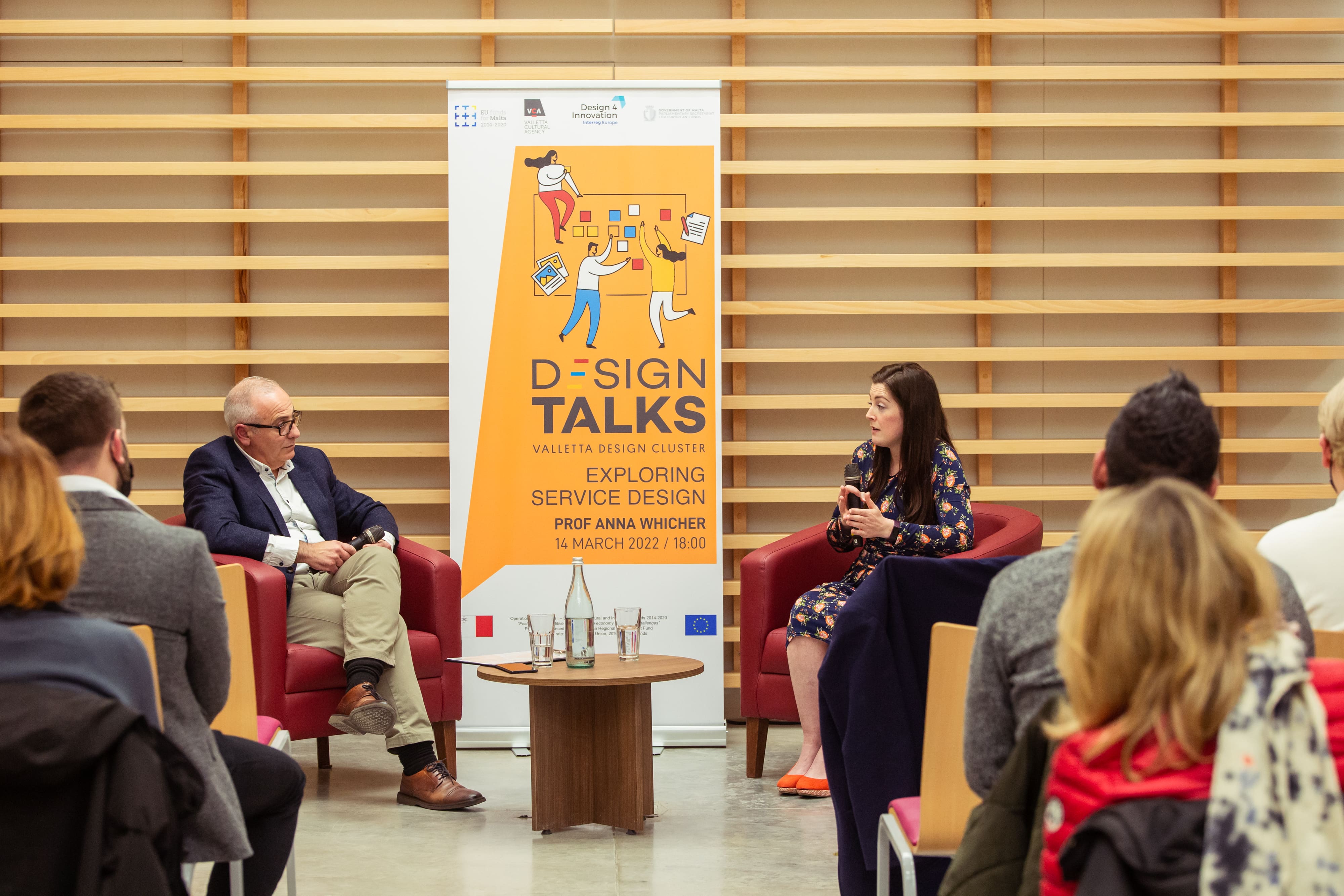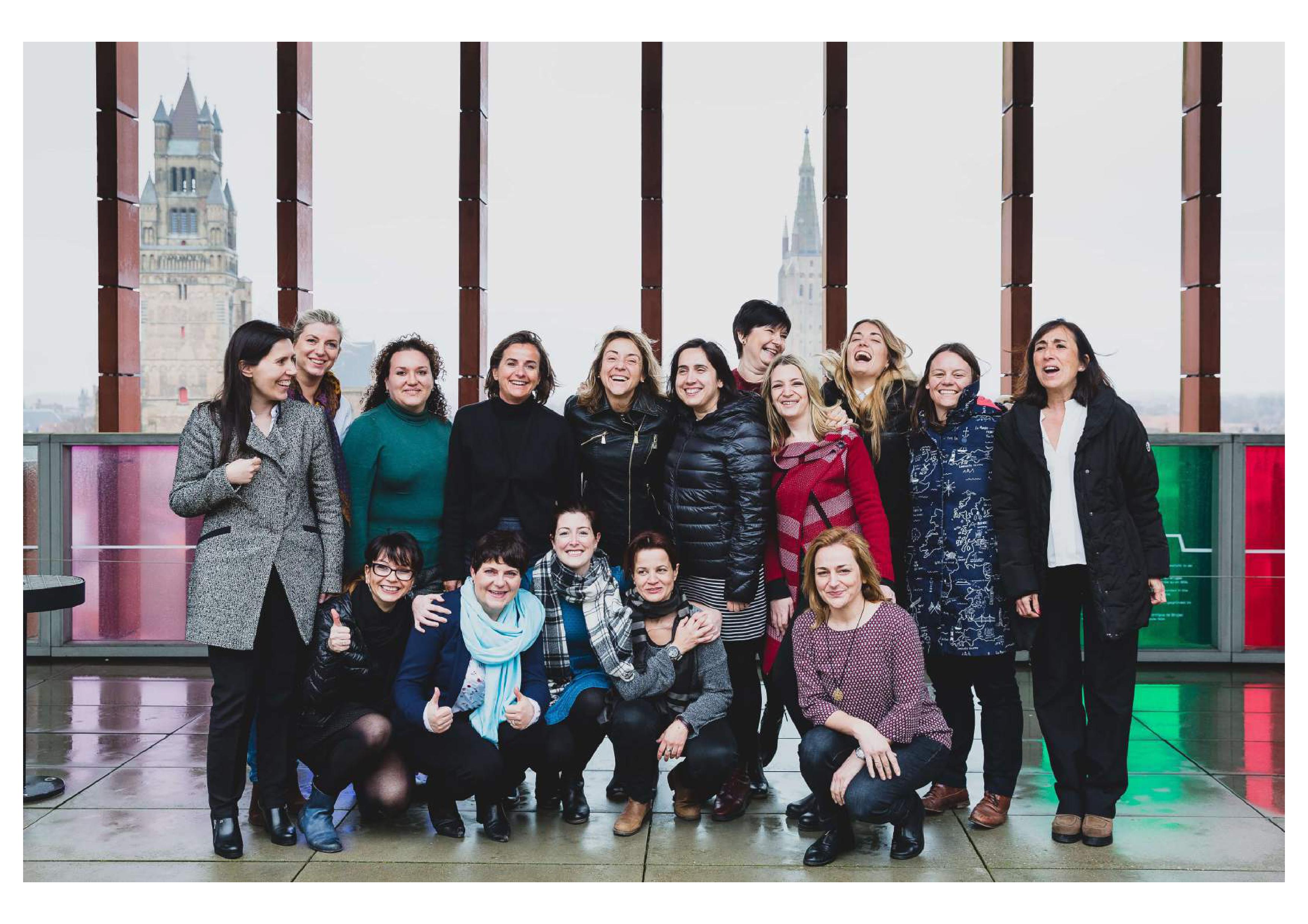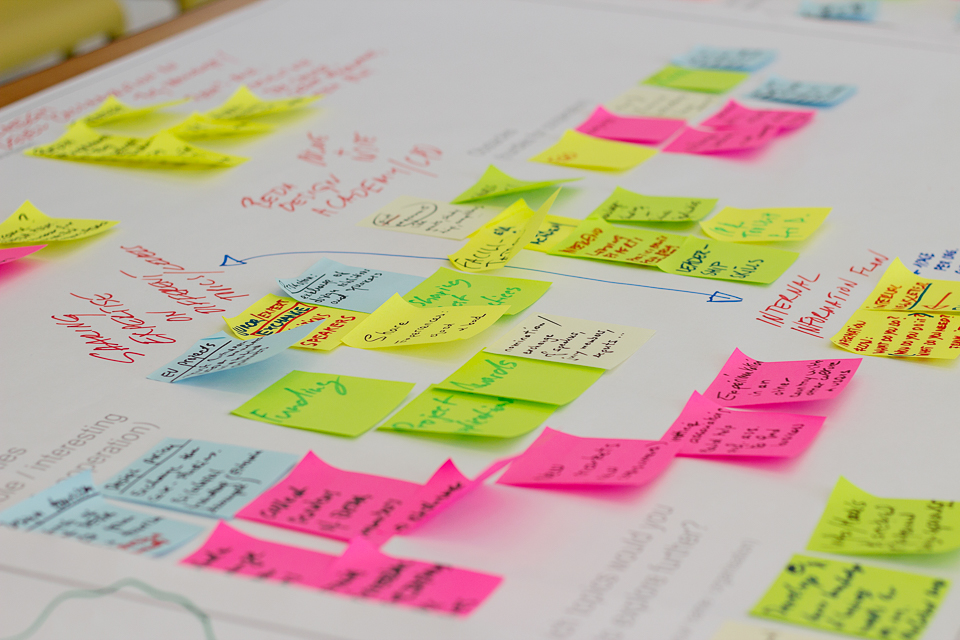In an invitation that was impossible to refuse, DesignSingapore Council brought together Chief Executives and Programme Directors from design centres and business support agencies from around the world on 20-21.11.2017 for an International Design Policy Roundtable. For Agnes Kwek, Executive Director of DesignSingapore Council, there were three aims of initiating the Roundtable:
- sharing best practices,
- identify global benchmarks,
- advocating with one voice.

The fantastic organisation and thought-provoking content made it easy to get on board with the main KPI for the event - to make friends and find ways to collaborate!
As someone immersed in design policy, I can say that it is rare to find events solely focused on design's role in policy recognising that to transform the use of design in a country you need both a top-down policy approach as well as bottom-up grassroots engagement. Design policy is government intervention targeted at stimulating the supply of and demand for design in a country or region.
There were three main themes for the Roundtable - design support programmes, measuring design impact and what's next for design policy? A snapshot of discussions is captured here through a selection of key quotes and a more in-depth write-up will follow..
1. Design Support
"Design is the raw material of the 21 century. Design is a sector (vertical competence) but it is also an enabler of innovation across sectors as a (horizontal competence). We have mapped our Design Ecosystem and we now need to consolidate it."
Christina Melander, Programme Director, Danish Design Centre
"Our programme in NZ has changed over time but it has been continuously funded by government based on its results and export-focus. We always pitch design as an investment not an expenditure."
Andrew Johnson, Director, Better by Design, New Zealand Trade and Enterprise
"Our Minister said the word 'design' 49 times in this year's policy address. However, design is equated more to technology than to innovation. We need to develop effective stories to communicate design to government and industry."
Edmund Lee, Executive Director, Hong Kong Design Centre
"In Germany, there is funding for the creative industries and there is funding for design but it is a complex landscape for companies to navigate."
Silke Claus, Executive Director, Bayern Design

2. Measuring Design Impact
"It is difficult to attribute a correlation between design spend and ROI as design never operates in isolation from other activities."
Isabel Roig, Director General, Barcelona Design Centre
"In Thailand, we have worked for the past five years to get design recognised at the top level of government. We have done research on the value of design and as a result we have a small number of strategic projects with government."
Apisit Laistrooglai, Managing Director, Thailand Creative & Design Centre
"Comparable data on design is crucial for engaging with government and creating an economic rationale for design policy intervention. Economists are the gatekeepers of policy and we need to speak their language."
Anna Whicher , Head of Design Policy, PDR
3. What's next for design policy?
To advance and consolidate the debate, we agreed on four main opportunities for collaboration and action:
- Co-create a list of ‘10 things’ a designer working with government should know.
- Map the state of design and needs of design education.
- Kick start a collaboration initiative around impact of design.
- Perform future forecasting to understand ‘What’s next for design?’
“The Victorian government recognises design as an enabler of innovation and creativity and an important sector that contributes significantly to our economy as such we developed Creative State our first state policy for creativity and design.”
Michael Hudson, Director, Creative Victoria
"We are a city state with a small labour force and limited domestic market. The gov needs to see around the corner, ahead of the curve. How can we future-proof for design?"
Agnes Kwek, Executive Director, DesignSingapore Council
Agnes also asked if anyone would be interested in take up the baton to continue the exchange on an annual basis. The objectives of the International Design Policy Roundtable align perfectly with the aims of Design4Innovation, and being enthusiastic to exchange on design policy, I have volunteered Design4Innovation to host the 2018 Roundtable. In fact, I was reminded of something that Christina Melander said to me in our previous INTERREG IVC project that EU projects are excellent for knowledge exchange between European partners and encouraging less experienced regions to catch up but they don't fully support the more design-led countries to advance their knowledge by exchanging with 'next practice' from around the world. As part of Design4Innovation and in collaboration with the International Design Policy Roundtable, we will be hosting a Design Policy Conference in October 2018 – we hope to see you there!

